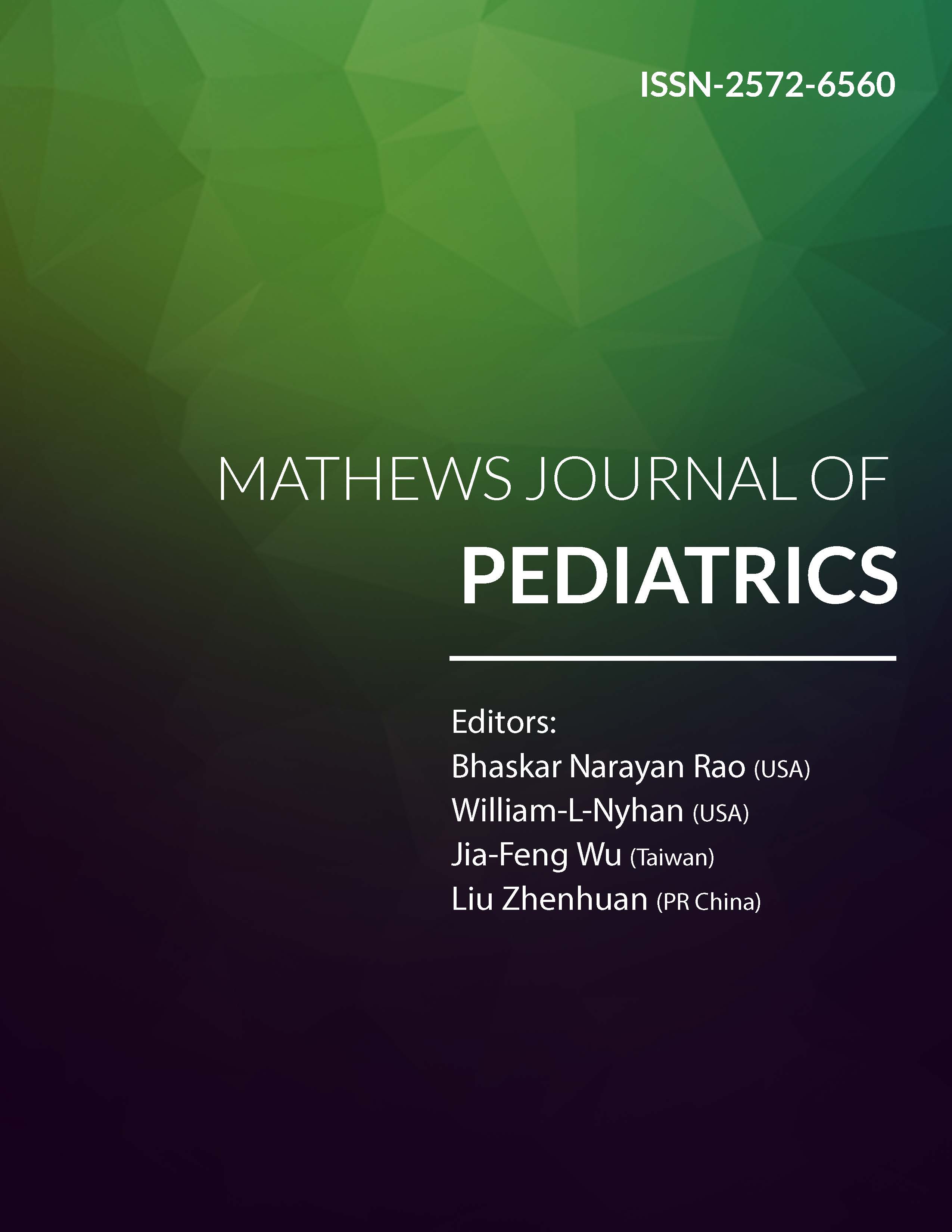
Information Links
Previous Issues Volume 8, Issue 1 - 2023
The Predilection to Age, Sex, Laterally and Treatment of Retinoblastoma: A Retrospective Study at a Tertiary Eye Care Center in Bangladesh
Enamul Hoque Chowdhury1,2,*, Soma Rani Roy3
1Specialist- Department of Pediatrics, Samtse General Hospital, Bhutan
2Former Associate Consultant, Department of Pediatrics, Chittagong Eye Infirmary and Training Complex (CEITC), Bangladesh
3Resident Surgeon and Head of Oculoplasty and Ocular Oncology, CEITC, Bangladesh
*Corresponding Author: Dr. Enamul Hoque Chowdhury, Specialist- Department of Pediatrics, Samtse General Hospital, Bhutan; Tel: +975 77 397 409; Email: [email protected]
Received Date: December 19, 2022
Publication Date: January 03, 2023
Citation: Chowdhury EH, et al. (2023). The Predilection to Age, Sex, Laterally and Treatment of Retinoblastoma: A Retrospective Study at a Tertiary Eye Care Center in Bangladesh. Mathews J Pediatr. 8(1):28.
Copyright: Chowdhury EH, et al. © (2023)
ABSTRACT
Aim: Retinoblastoma is the most common intraocular malignancy in children, with most cases occurring before the age of five. This study looked at the presentation and treatment of retinoblastoma patients at a tertiary eye care center in Bangladesh. Methods: Over a fourteen-year period (01.10.2006 to 31.12.2019), information on gender, age, presenting clinical symptoms, and histopathological results were obtained from the medical records of retinoblastoma patients diagnosed at the Chittagong Eye Infirmary and Training Complex (CEITC), Chittagong, Bangladesh. Result: During the study period, one hundred and forty-four cases of retinoblastoma were reported, with 89 (62%) more males being affected than 55 (38%) females. Most children (107, 74.31%) are affected within the first 4 years of their age, with a peak age of 1 and 2 years. Unilateral cases (103, 72%) are more common than bilateral cases (41, 28%). Leukocoria was the most common (83.33%) presenting clinical feature, followed by proptosis. Enucleation and chemotherapy were received by 73 patients (50.69%), followed by enucleation in 54 patients (37.5%). Conclusions: To diagnose retinoblastoma as early as possible, health education for parents and healthcare professionals, as well as increased ophthalmologist training, are required. Genetic testing for siblings and children of retinoblastoma patients, as well as detection of high-risk children, would be beneficial, but is currently not financially feasible in underdeveloped countries. Future healthcare planning should prioritize the development of capacity for preschool ophthalmologic screening.
Keywords: Retinoblastoma, Leukocoria, Squint, Enucleation, Chemotherapy